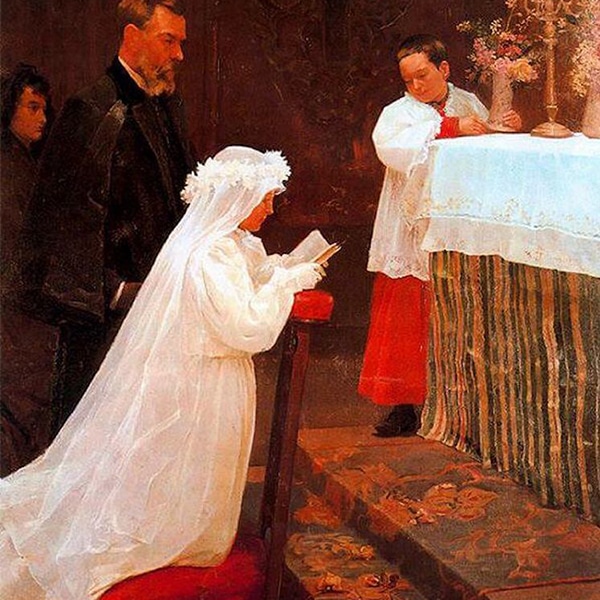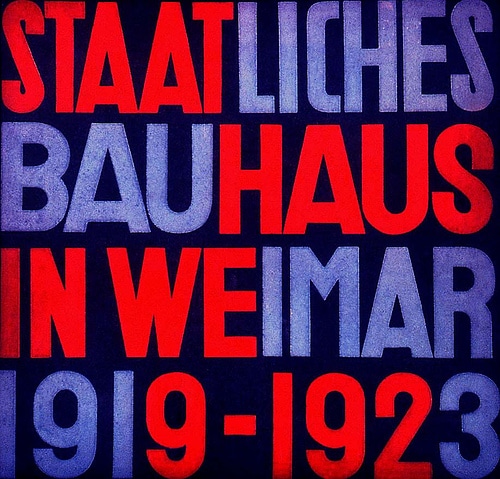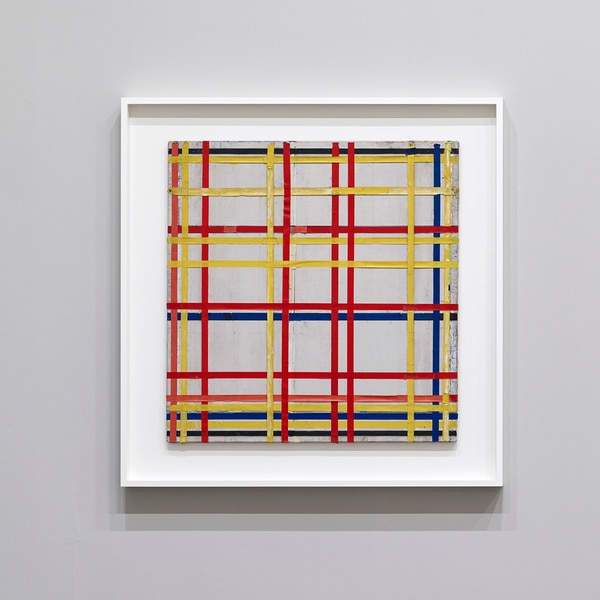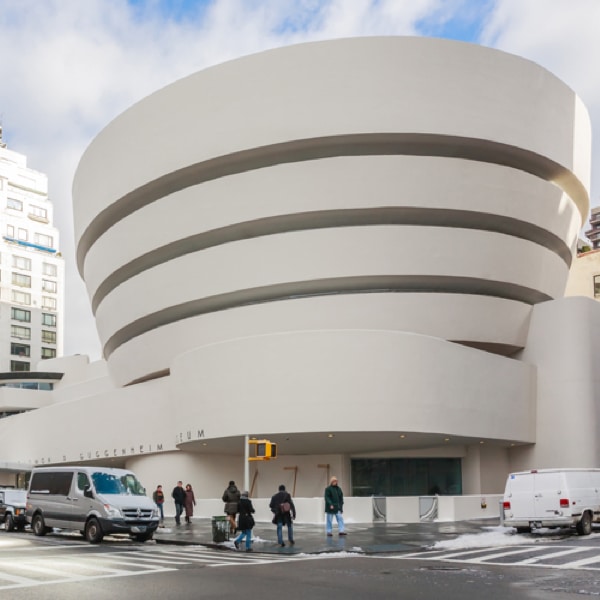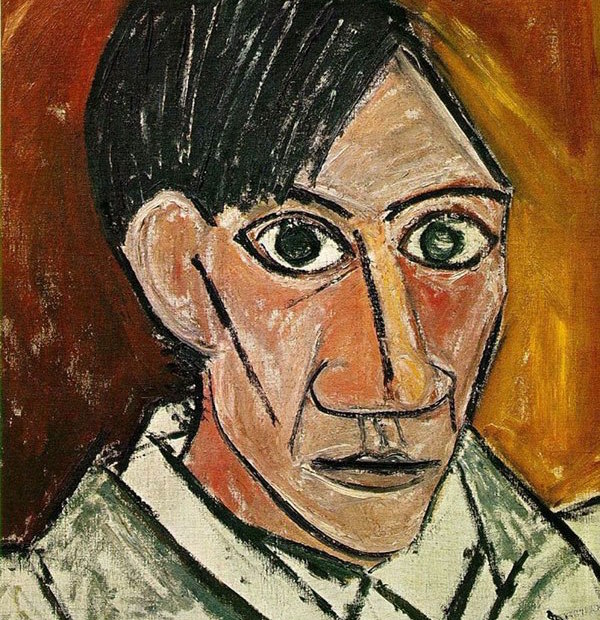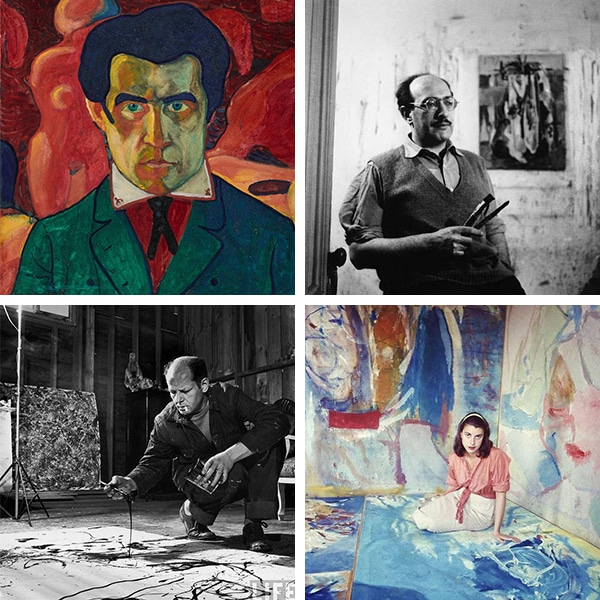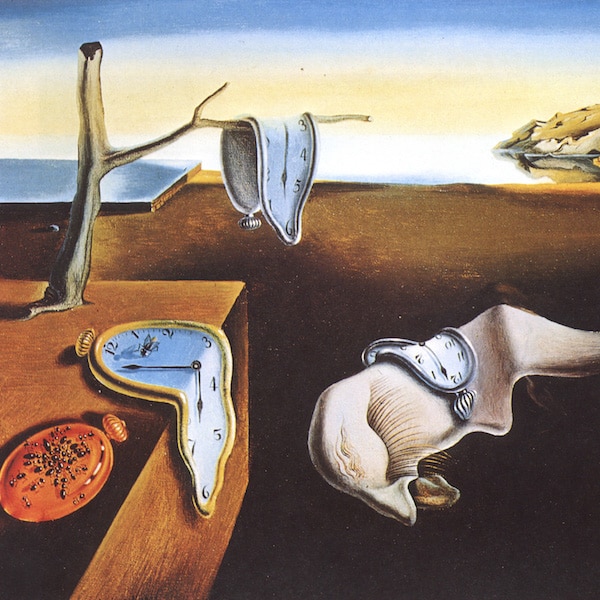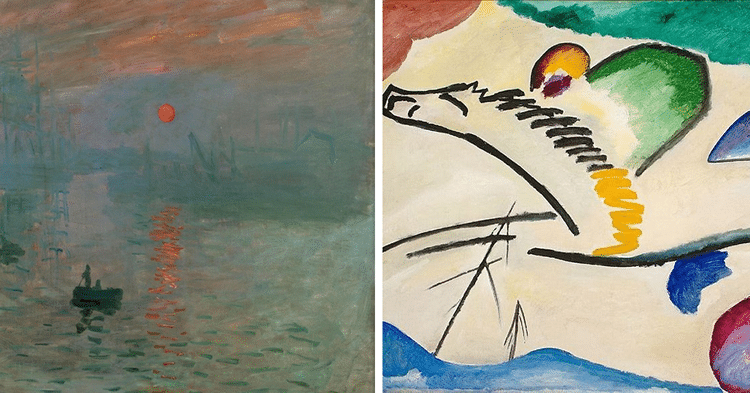
Modern art is renowned for its avant-garde aesthetic and celebrated for its forward-thinking artists. Developing over the course of roughly 100 years, it incorporates many major art movements and has inevitably seen an eclectic range of styles.
In order to trace modern art's remarkable evolution, one must recognize and understand the many genres that compose it. To do this, however, it is helpful to come up with a modern art definition.
What is Modern Art?
Not to be confused with contemporary art, the “modern art” label refers to late 19th and early-to-mid 20th-century art. Works produced during this time showcase artists' interest in re-imagining, reinterpreting, and even rejecting traditional aesthetic values of preceding styles.
Major Movements and Artists
Starting with light and airy Impressionism and ending with energetic Abstract Expressionism, the modern art genre is composed of several major movements.
Impressionism
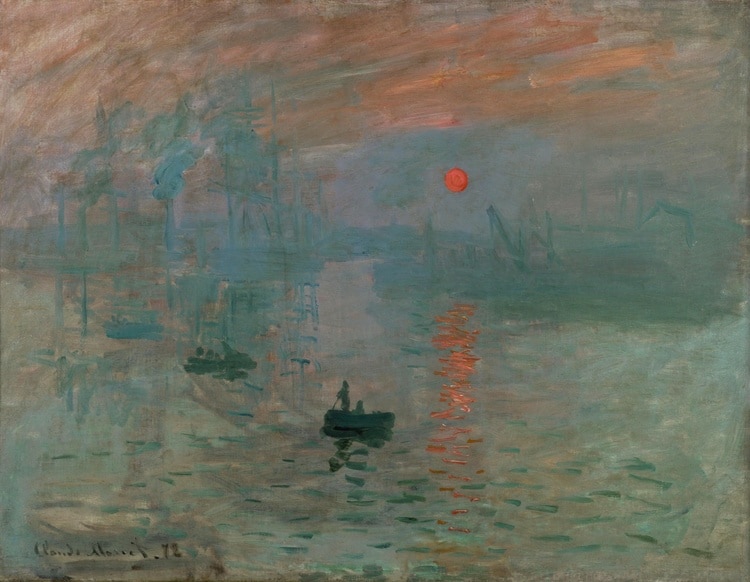
Claude Monet, “Impression, Sunrise,” 1872 (Photo: Wikimedia Commons, Public domain)
Widely considered the catalyst for modern art, Impressionism challenged the rigid rules and realistic depictions of academic painting. The movement emerged in 1872, when Claude Monet innovatively employed blurred brushstrokes, a focus on light, and a vivid color palette to paint Impression, Sunrise.
This style dominated French painting until the turn of the century, with Impressionist artists like Monet, Pierre-Auguste Renoir, and Edgar Degas at the forefront.
Post-Impressionism
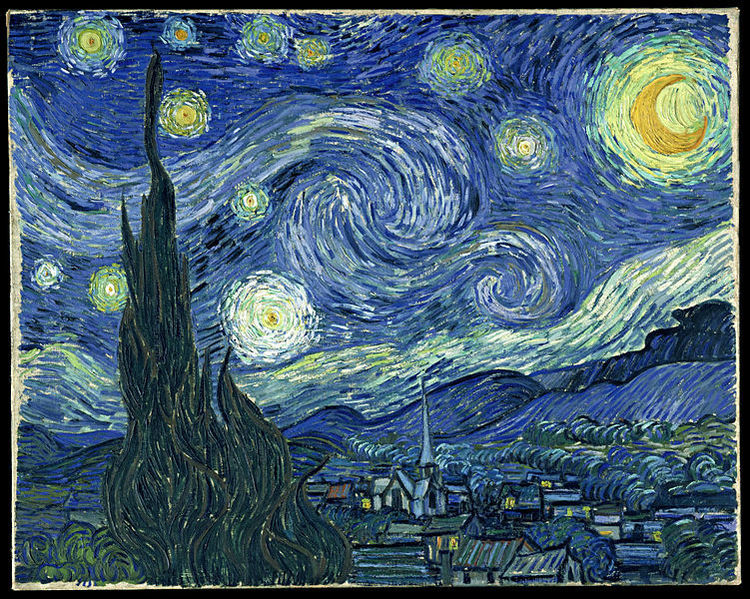
Vincent van Gogh, “The Starry Night,” 1889 (Photo: Wikimedia Commons, Public domain)
Inspired by the artistic freedom introduced by the Impressionists, artists like Paul Cézanne, Paul Gauguin, Vincent van Gogh, and Henri Toulouse-Lautrec began working in distinctive, unconventional styles. Known as Post-Impressionism, this colorful movement started in the 1890s and showcases an interest in emotion and a preference for subjective interpretation over realistic representation.
Fauvism
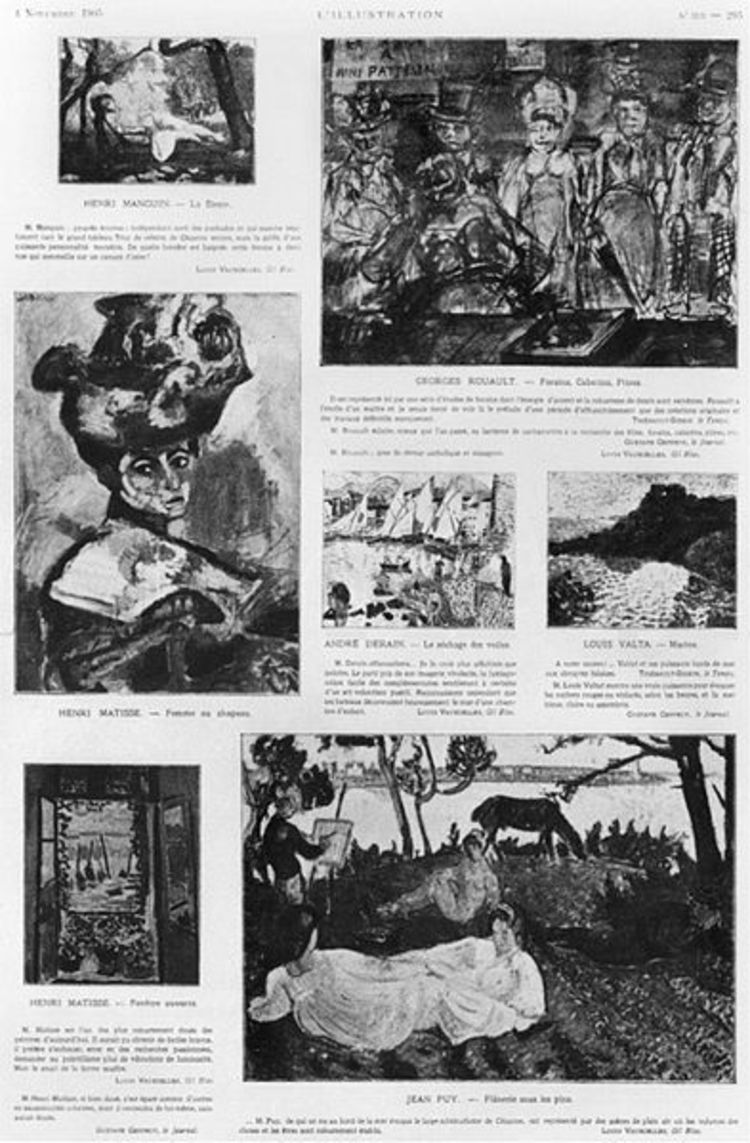
Les Fauves, Exhibition at the Salon D'Automne, from L'Illustration, November 4, 1905 (Photo: By Not identified, anonymous via via Wikimedia Commons, Public domain)
Founded by les Fauves—an avant-garde group of artists including André Derain and Henri Matisse—Fauvism first appeared in the early 20th century. Like the Post-Impressionists, Fauvists favored unrealistic tones and an emphasis on individual perceptions in their depictions, which typically featured recognizable (yet somewhat abstracted) forms.
Expressionism
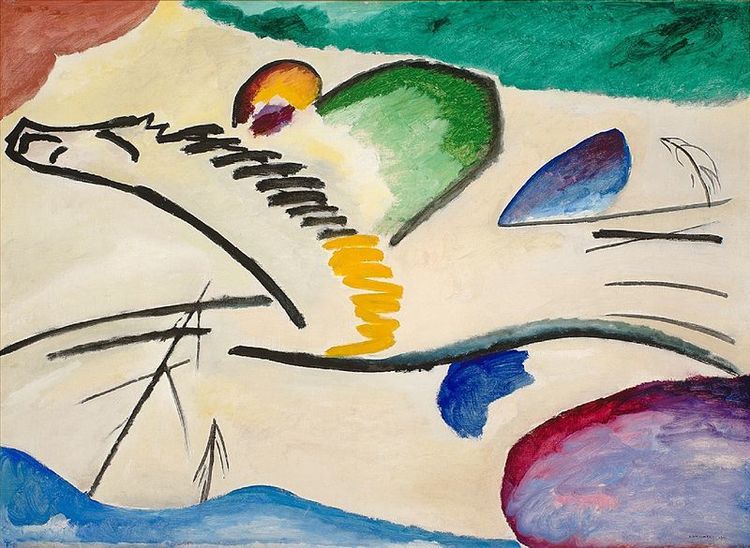
Wassily Kandinski, “Reiter,” 1911 (Photo: Wikimedia Commons, Public domain)
Shortly before World War I, painters in Germany and Austria began to take an experimental approach to their practice. Eventually known as Expressionists, these artists adopted and adapted the unprecedented characteristics of other modern movements. Like Post-Impressionist and Fauvist works of art, pieces rendered in the Expressionist style convey a fascination with bright, artificial color and individualistic iconography.
Cubism
Characterized by deconstructed, fractured forms, Cubism marked modern art's shift toward abstraction. Pioneered in 1907 by Georges Braque and Pablo Picasso, the avant-garde movement materialized as topsy-turvy paintings, multi-dimensional sculptures, and cutting-edge collages. Like other modern art movements, Cubism emphasized a subjective approach to creating. “When we discovered Cubism,” Picasso explains, “we did not have the aim of discovering Cubism. We only wanted to express what was in us.”
Surrealism
In the 1920s, visual artists Salvador Dalí, Max Ernst, Man Ray, Joan Miró, and Yves Tanguy came together to found Surrealism, a movement rooted in the subconscious. Lacking “any control exercised by reason, exempt from any aesthetic or moral concern” (André Breton, Manifestoes of Surrealism), the genre culminated in a diverse collection of dream-like depictions straight from the artists' imaginations.
Abstract Expressionism
In the middle of the 20th century, an innovative group of artists forewent figurative styles of painting for an original, abstract aesthetic. Known as Abstract Expressionists, these painters placed artistic emphasis not only on modernist characteristics like color, composition, and emotion but on the creative process itself.
Modern Art vs. Contemporary Art
Due to the experimental nature and overlapping themes of both modern and contemporary art, the genres are often confused for one another. However, once one recognizes the movements that compose each, the ambiguous, blurred line that differentiates them becomes clearer.
Typically, modern art is understood to include Impressionism, Abstract Expressionism, and the styles in between. Therefore, contemporary art commences with the first major movement following modernism—Pop Art—and, of course, continues today.
Frequently Asked Questions
What is modern art?
Modern art refers to late 19th and early-to-mid 20th-century art, including Impressionism, Fauvism, and Expressionism. Works produced during this time showcase artists' interest in re-imagining, reinterpreting, and even rejecting traditional aesthetic values of preceding styles.
Is Impressionism modern art?
Impressionism is regarded as the first modern art movement. It challenged the rigid rules and realistic depictions of academic painting, which served as a catalyst for the development of modern art.
This article has been edited and updated.
Related Articles:
Guggenheim Releases More Than 1,700 Masterful Works of Modern Art Online
Guggenheim Museum Releases Over 200 Modern Art Books Online for Free




































































